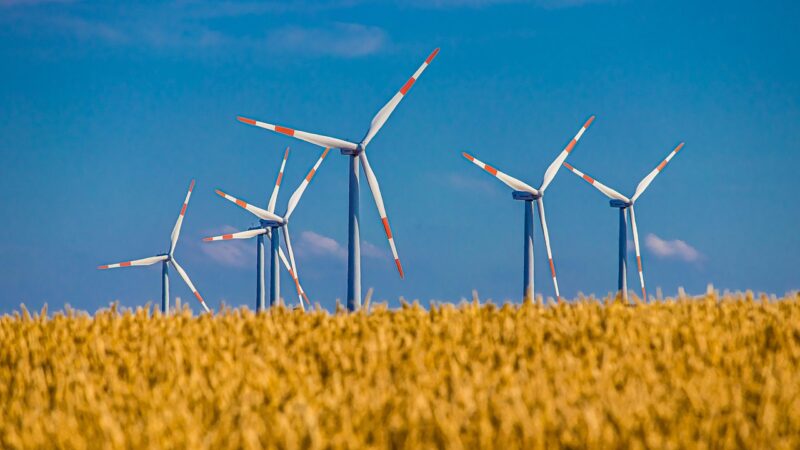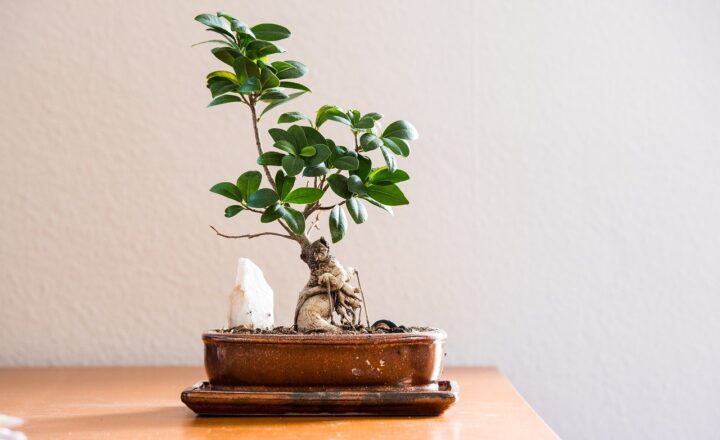The Strangest and Most Creative Ways Humans Have Learned to Harness the Power of the Wind
November 17, 2024

Wind power is one of humanity’s oldest tools, utilized for millennia to propel boats, grind grain, and generate energy. As society’s technological advancements have progressed, so too has our ability to harness this natural force in increasingly inventive and unconventional ways. This article explores the most intriguing and creative methods people have devised to capture and utilize the wind, revealing the imaginative spirit that drives human innovation.
1. Ancient Sailboats: The First Wind Harvesters
Long before wind turbines adorned the landscapes of our world, ancient civilizations crafted sailboats that depended purely on the wind to navigate waterways. The Egyptians, Greeks, and Phoenicians perfected the art of sailing by developing durable wooden ships with large sails, enabling them to travel vast distances.
The engineering behind these vessels was remarkable, utilizing a triangular sail design that allowed for greater control and speed. As such, sailboats were instrumental not only in trade but also in cultural exchange, shaping the development of civilizations.
2. The Windmills of Persia: More Than Just Grain Grinding
Windmills have been a part of human development for centuries, with some of the earliest examples found in Persia (modern-day Iran) around the 9th century. Unlike the Western variations, Persian windmills were vertical-axis designs featuring long, cloth sails that caught the wind from any direction.
These windmills were not solely used for grinding grain but also for pumping water, making them indispensable in arid climates. The ability to harness wind energy in such diverse applications demonstrates the ingenuity of ancient societies as they sought to improve their quality of life.
3. Vertical Axis Wind Turbines (VAWTs): The Eccentric Cousins
While traditional horizontal-axis wind turbines dominate modern wind farms, vertical axis wind turbines (VAWTs) are carving out their own unique niche. With a design resembling a giant eggbeater, VAWTs can capture wind from any direction, making them ideal for urban environments where wind patterns are unpredictable.
Not only do they take up less space than their horizontal counterparts, but they are also quieter and safer for birds. Innovative designers have integrated VAWTs into buildings and public spaces, showcasing how wind energy can coexist with our modern architecture. Some cities have even created wind sculptures that serve both aesthetic and energy-generating purposes.
4. Kites: A Wind-Powered Future
Kites, traditionally seen as recreational objects, are being explored as a potential source of renewable energy. Kite energy systems work by tethering large kites that ascend to high altitudes, where wind speeds are stronger and more consistent. The energy generated from the pulling force is converted into electricity via generators on the ground.
This innovative approach could lead to more efficient wind energy harvesting, particularly in remote areas where traditional wind turbines might be impractical or too costly. Companies are actively testing this technology, exploring its potential to revolutionize how we think about wind energy.
5. Wind-Powered Vehicles: Racing Against the Elements
The allure of harnessing wind power has inspired many to push the limits of land transportation. Racing vehicles powered by wind energy have emerged, showcasing the combination of sustainability and speed.
For example, the Wind Challenger project involves a sailboat designed to race across land surfaces at incredible speeds. Furthermore, the introduction of lightweight materials and advanced aerodynamic designs allows vehicles to glide more efficiently while maximizing wind energy capture. These innovative endeavors push the boundaries of what is possible in both racing and green technology.
6. Building-Integrated Wind Turbines: A Step Toward Urban Sustainability
As urban areas grapple with higher energy demands and the need for sustainable solutions, architects have begun incorporating wind turbines into building designs. These building-integrated wind turbines (BIWTs) are seamlessly integrated into the architecture itself, reducing visual clutter while generating energy.
Innovative designs have led to the development of aesthetically pleasing wind turbines that serve dual purposes, such as generating energy while functioning as decorative elements on rooftops or facades. These developments reflect the growing movement towards greener cities and showcase how we can creatively utilize the power of the wind in our everyday lives.
7. The Art of Wind: Kinetic Sculptures
Kinetic sculptures that harness wind are becoming popular in spaces ranging from parks to private gardens. These installations not only capture wind energy but also create stunning visual displays that engage viewers. The movement of these sculptures, driven by wind, provides a unique artistic experience while reminding us of nature’s immense power.
Artists and engineers alike are exploring how to blend art and sustainability, proving that creativity and ecological consciousness can coexist harmoniously. As communities invest in such sculptures, they can educate the public about renewable energy while invigorating public spaces with inspirational artwork.
8. Harnessing Wind for Water Desalination
A novel approach to harnessing wind power emerges in the field of water desalination. This technology uses wind energy to power desalination plants, providing fresh water in areas suffering from water scarcity. Wind turbines can generate electricity, which in turn powers reverse osmosis systems that filter seawater into potable water.
In a world increasingly threatened by water shortages, this innovation not only addresses energy needs but also delivers essential resources to communities facing challenges with freshwater access. By intertwining wind energy and water technology, visionary thinkers are paving the way for sustainable solutions to critical global issues.
Conclusion: The Future of Wind Power Creativity
As we have seen, humans have approached the challenge of harnessing wind power with remarkable creativity and ingenuity. From ancient sailboats to modern kite-driven energy systems, the quest to capture this natural resource reveals our intrinsic desire to innovate and adapt.
In an era where sustainability is pivotal to our global future, the creative utilization of wind power is set to continue evolving. As technology advances and our understanding of renewable sources deepens, we can anticipate even more extraordinary applications in the decades to come. By embracing this spirit of innovation, we can ensure that the power of the wind remains a cornerstone of our sustainable future.








